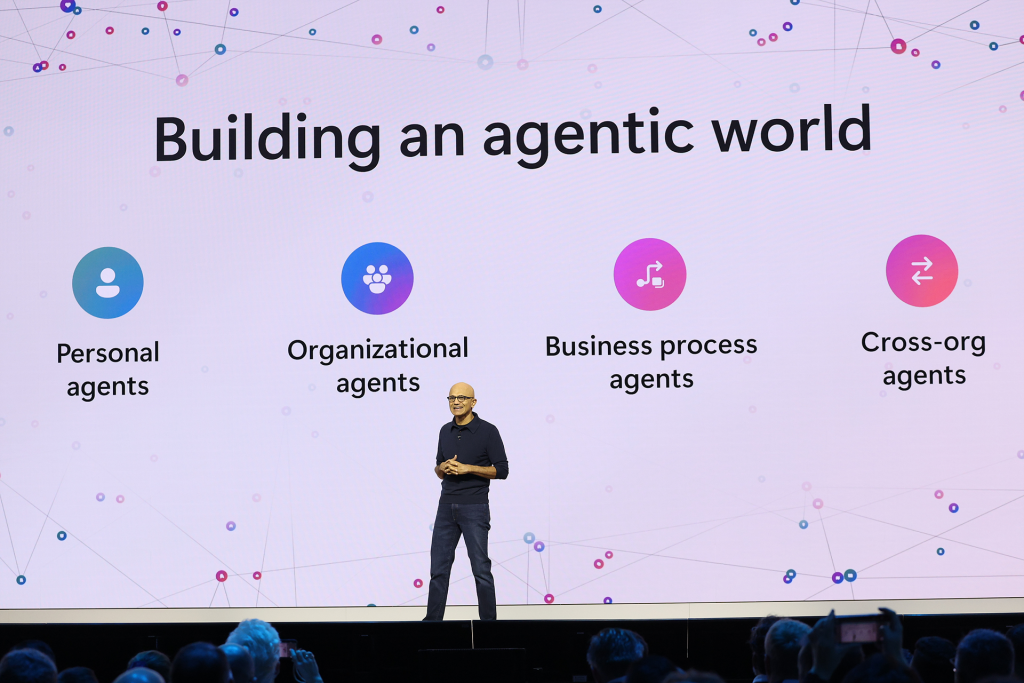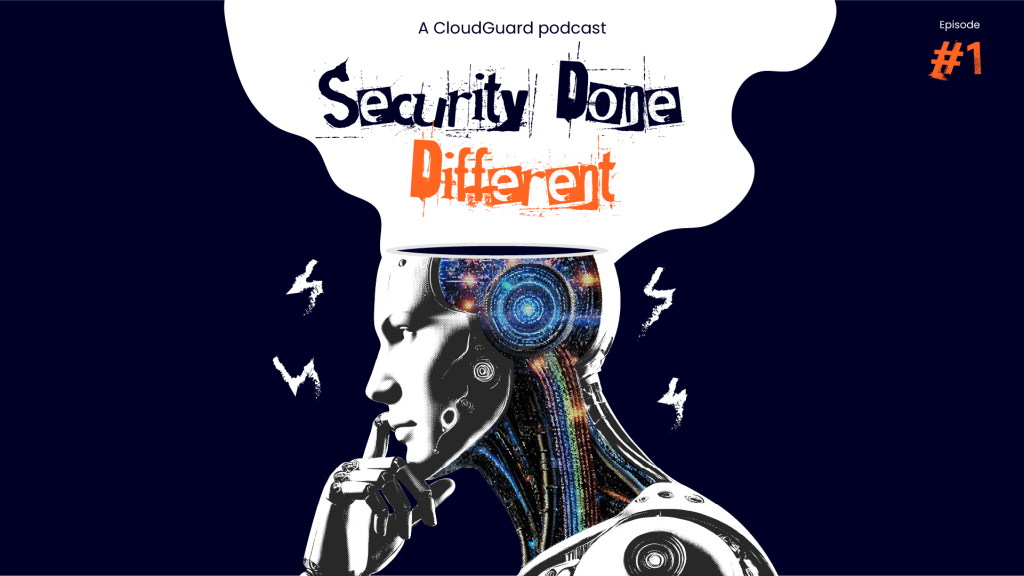AI threat intelligence is here. It can no longer be denied. Find out what this means for the future of cybersecuity defences.

Machine Learning As Our First Line Of Digital Defense
Machine learning is a type of artificial intelligence that allows computers to evaluate data and learn its meaning. The goal of combining machine learning and threat intelligence is to encourage users to find vulnerabilities faster than humans can and stop them before they cause more damage. Furthermore, conventional detection technologies invariably generate too many false-positive results due to a large number of security threats.
Machine learning can reduce the number of false positives by analyzing threat intelligence and condensing it into a smaller subset of features to watch for.
According to a global advanced threat intelligence consultant, artificial intelligence is becoming more important in deterring, detecting, and resolving cyber-threats as the evolution of attacks adapts and adversaries function in well-organized, highly skilled organizations.
The Security Threat Of Today Has Become An Industry Of Its Own
Many of today’s adversaries operate in large networks, relying on a “crime-as-a-service” business model that involves hundreds of people disseminating threats for a commission. Threat actors are using automation as a weapon to extend their reach. As a result, having A.I.-enabled structures in place to sift through massive amounts of security threats and react promptly becomes even more critical.
Machine learning-based AI threat intelligence products work by taking inputs, evaluating them, and generating results. Machine learning’s inputs for detection systems include threat intelligence, and its outputs are either alerts implying attacks or computerized actions that stop attacks. If the threat intelligence contains errors, it will provide “bad” details to the attack tracking tools, resulting in “bad” outputs from the tools’ machine learning techniques.
The Magic Of AI Threat Intelligence

There’s too much data and not enough time. Because of this, as well as the high cost of labor, machines have been at the frontline of cyber defense for nearly 50 years. It’s also why cybersecurity providers and consumers continuously leverage major innovations in software design, machine learning, and artificial intelligence (AI).
In contrast to the human brain, none of the other AI cyber technologies are completely autonomous or otherwise dubbed “intelligent.” Instead, they use complex algorithms and massive amounts of computing power to ‘intelligently’ process data. But that hasn’t stopped AI from becoming more prevalent in cybersecurity.
Cybersecurity: AI vs. Human Beings
AI and machine learning play a key role on both sides of the cybersecurity battle, allowing attackers and defenders to operate at unprecedented speeds and scales.
On the assault side, the rise of so-called “adversarial AI” has included relatively simple machine learning algorithms that have been used to disastrous impact in spear-phishing attacks. The human cyber attacker can use effective social engineering tactics with a high probability of winning and almost no effort by extracting open-source intelligence and studying communications obtained from a corrupted account in a computerized and ‘intelligent’ manner.
DeepFake attacks, which use AI to emulate individuals’ voices and visual appeal in audio and video files, are another example. IBM’s DeepLocker pilot project is one of many demonstrating how artificial intelligence will speed up the development of advanced malicious software.

Threat Intelligence with AI
Artificial intelligence and machine learning are essential for effective threat intelligence in various aspects: coping with massive amounts of data and guaranteeing that the data is current.
Volumes are massive, and they’re only getting bigger. Without a sophisticated software suite, processing data to be used in real-time, making decisions is impossible. Sensors that use algorithms, sinkholes, and phishing sites can greatly increase threat data exploration and classification and peruse through it all at a different speed to identify unusual behavior.
Adding To Human Intelligence And Experience
We know that cyber skills are in high demand worldwide, with up to 3.5 million job openings unfilled right now. This adds to the difficulty of implementing an AI-driven cyber strategy that requires little human intervention.
Human analysts are more than just supervisors of computerization in good security threats. It sees the value-added knowledge of knowledgeable professionals who can break the mold, think creatively, and add context to the ‘almost-finished product delivered merely through AI and machine learning processes.
Another of AI’s achievements in cyber defense is mimicking applicable scenarios, which requires human/machine collaboration. Because of their capacity to assist, prevent, and detect new attacks, these technologies are becoming increasingly important in the ethical hacking toolkit.
Conclusion
While AI is becoming more prevalent in both cyber-attack and defense, neither side achieves their goals when they entirely depend on it. In the same manner that threat actors benefit the most when they combine human intelligence with machines’ incredibly advanced logic and industry, security teams have found that this is the best formula.
Nothing, at least not yet, compares to the unique ability of people to think. Only people can add the final 10% – the missing link in the chain that ensures the whole makes perfect sense – and make the kinds of critical decisions that corporate leaders would rather not delegate to a computer. They form the best possible team when they work as a team.











